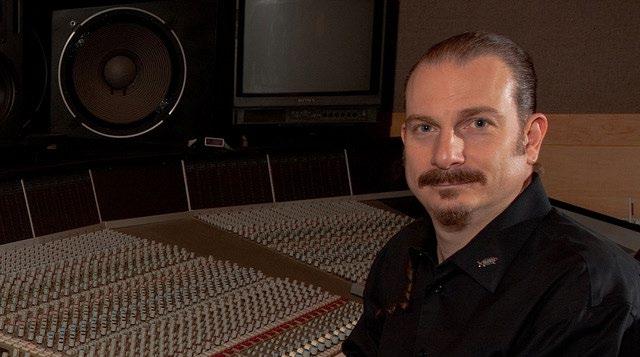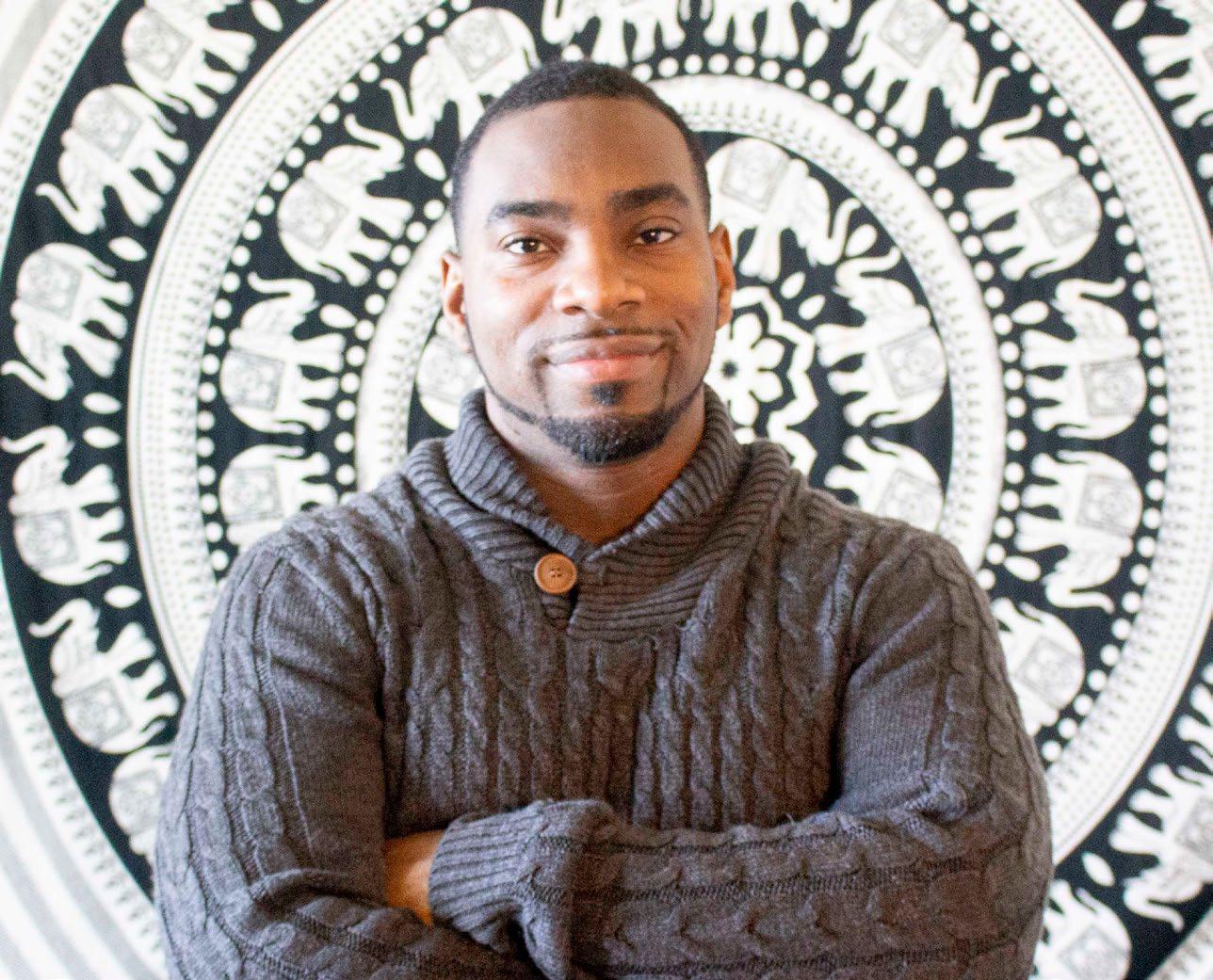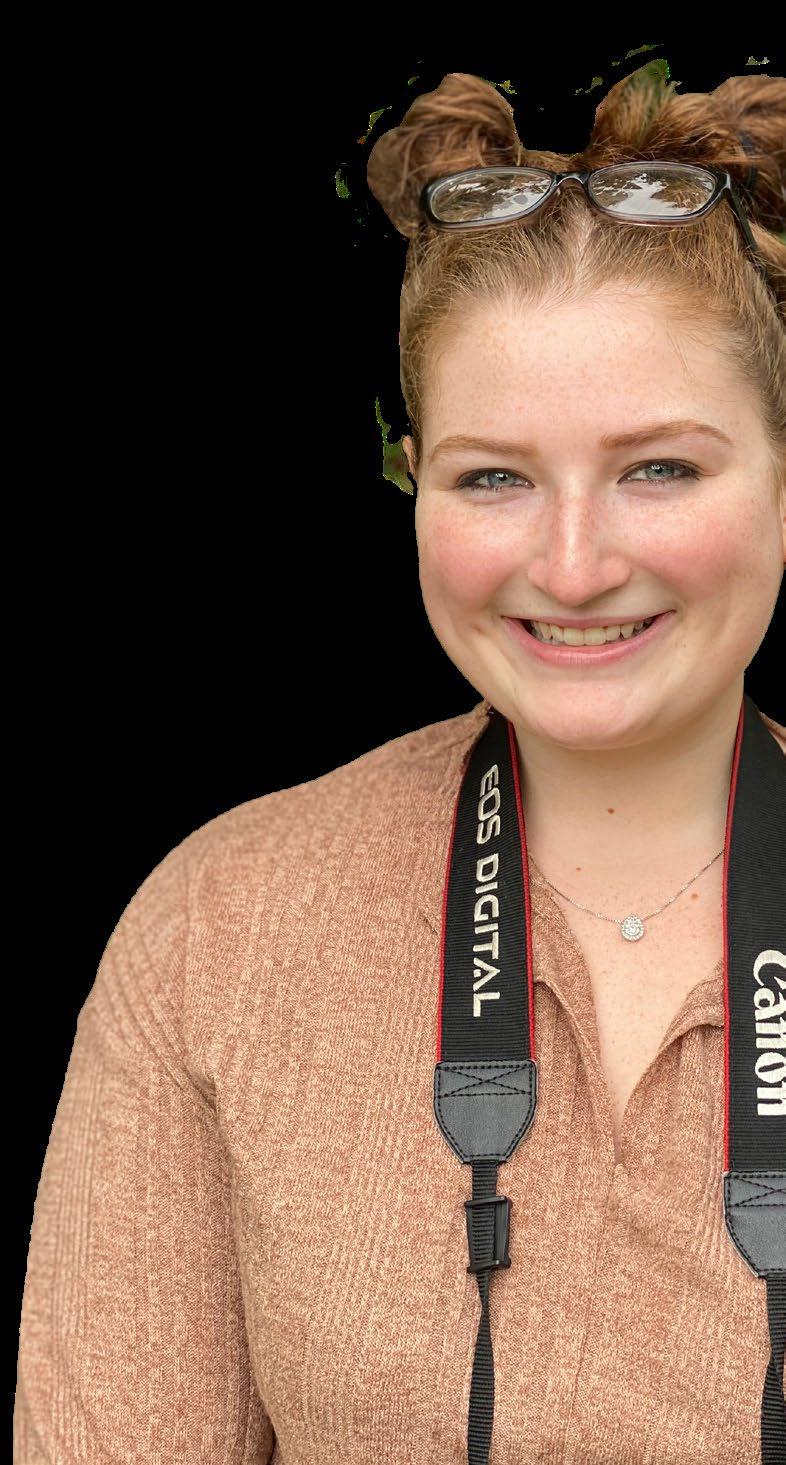
10 minute read
Dr. Carol Frierson-Campbell
February’s Faculty of the Month Department of Communication
What advice would you offer to our Communication students?
Advertisement
Get involved! It’s been harder this year with COVID, but there are still ways to participate in our department’s activities - WPSC radio, The Pioneer Times, The Society of Professional Journalists and The Public Relations Society of America student chapters, the TV Club, the Student Film Association, Lambda Pi Eta—these are some of the organizations where students can practice their professional skills, build their resumes, and create networks of friends and future colleagues. Alumni who were involved in the radio station forty years ago still get together! Through their participation in these department organizations, several of our students have won national awards in radio, television, film and journalism.
Tell us about your experience with the Hurricane Maria relief efforts?
In September 2017, Hurricane Maria devastated Puerto Rico. Its destruction of infrastructure added to the loss of life as people lost access to clean water, electricity, medical services, food, gas, and communication services. My colleague in the department, Dr. Lori Ramos, had close ties to people on the island of Vieques, which is part of Puerto Rico. Several weeks after the hurricane, when one of our students, Tiernan Doyle, interviewed a resident of the island for WPSC Radio, it was clear the people there were still suffering. With support from William Paterson’s administration, we were able to take a team of students to help support the community radio station on the island, WVQR-FM, Radio Vieques. The students were shocked at the island’s condition and the lack of aid that had come from our government. The only power was from generators, access to gas was limited, cell phone service was barely available - even months after the hurricane. We have returned two more times with students to help establish a network of “ham” radio operators in the event of another disaster. Students helped with many projects, including rebuilding trails. In turn, they met with local experts to learn about the island’s political and ecological history. A highlight on the last trip was being able to kayak at night on the world’s best bioluminescent bay. Our students rose to the challenges, comporting themselves as professionals and pitching in without complaint. The trip provided our students with a powerful illustration of the importance of civic engagement and many students called it “life-changing.”
(Center) Stellenbosch University outside of Cape Town, South Africa: Dr. Peck and Tamika, a law student, who has a radio show at mfm 92.6, pose together.
(Bottom) Vieques, Puerto Rico: Dr. Lori Ramos and Dr. Peck pose with students who were in the January 2019 course on Community Media. The picture was taken in front of the ancient iconic Ceiba tree, a symbol of the strength and endurance of Vieques. The integrated curriculum of the Communication Department is intellectual heaven to me as I strongly believe in viewing all aspects of communication as parts of the same symbolic process. As an “umbrella” department, we offer students the ability to move across all the subdisciplines and see them as linked. A student focusing on film can take an acting class. Journalism students can delve deeply into video and audio production as well as public relations and international aspects of media. Media students can study organizational and intercultural communication. I love watching students make connections across these different areas as they realize the central role of communication in their professional and personal lives. The selfish part of teaching is that I get to keep learning. I learn constantly from my colleagues as they share their creative projects and research results. Many of them have lived in other cultures and helped deepen my understanding of places I haven’t visited. Prior to the pandemic, the department was trying to provide more opportunities for students to travel to present papers at conferences. I was fortunate to do this with students at conferences in Toronto and Birmingham, UK and learned from them as we developed the presentations together. This past semester the courses I taught all required constant attention to new developments in the fastchanging fields of International Media, Global Communication and Media Industries. I loved the challenge of keeping students informed with the latest news in telecommunications. The controversy over Section 230 of the Telecommunications Act was old news for my students - we had already studied it in October. Continuing to stay informed about media developments around the world is a welcome challenge!

Frank Fagnano
February’s Adjunct of the Month
Department of Music
You’ve been a freelance engineer and producer since 1983 and earned Platinum Album credits. Who are some artists that you’ve worked with?
I’ve been lucky to work with some very skilled musicians throughout my career, some briefly and some for years. You may recognize some names like Naughty By Nature, Queen Latifah, Tony Bennett, Rosemary Clooney, Hall & Oates, Kathie Lee Gifford, Dolly Parton, or Nancy LaMott. However, there are a lot of them (too many to mention) that are not household names, whose talents are exemplary, and with whom I am so humbled to have worked.
You’re the co-founder of Repeat After Me, an experimental mixed media electro-acoustic group. Tell us about the group.
Repeat After Me was named by cofounder and dear friend Phil King, a WP Jazz alum. The group emerged from a long series of conversations between Phil and I regarding music we loved, and how we might try to push the limits of various music technologies that were available outside the lab or the ivory tower. The live performances were a combination of composed and improvised material that featured a wide array of amplified acoustic and electronic percussion instruments, a battery of synthesizers, our voices, MIDI sequencing and hard-disk audio playback, using a dedicated music computer with an old-style CRT screen, and all this run through several audio mixers and dynamically manipulated signal processors.
The music was a stylistic mix of electronic ambient textures, drones, minimalism, jazz-based harmonic material, ethnically inspired rhythms, spoken word and various chant-like vocalizing. A short while into the venture, we invited electric guitar and guitar synth guests, including WP’s Ted Clancy, WP Jazz alum (the late) Ed Thompson, and eventually the wonderful electric guitar “texturist,” Rolf Sturm, who stayed on with the group until its demise late in 1995.
That trio, at its peak, occupied an approximately 500 square foot equipment-packed stage, which took over 5 hours to set up. It was a huge undertaking but we had fun. Alas, with the music technology of the 2020s, much of it could be handled in software on a few laptops, iPads, and a small collection of MIDI controllers. You never know - Repeat After Me might see a resurrection.
What career advice would you offer to students pursuing an Audio Engineering career?
To begin with, there are so many branches of the audio engineering world. Most young engineers obviously think of music recording/production and live music engineering first but there are numerous audio gigs in film, television, audio books, podcasting, live broadcast, sports, theatre and stage. There’s audio for video games, virtual reality, immersive media, multimedia presentations, planetariums, museums, and the like, as well as A/V for various events, conferences, corporate functions, fashion, etc. These are just some of the “end-user” type audio jobs in the market. There are other audio related ahvenues, such as installation design, studio or acoustic design, instrument and equipment design, and so forth. Young engineers might consider some of these audio career paths.
Further, as music recording and production have been my primary focus, I could reflect directly on this area. I have always felt that the greatest and most respected music engineers have frequently been musicians and music producers as well. Having a strong and varied skill set, as well as a wide musical vocabulary are requirements for both artistry and success. Learning about some audio gear or a piece of software just isn’t enough. This philosophy is something that threads through everything I teach at WP.
Lastly, the music industry is about change - and NOT just changes in the music itself. With the advent of the internet, the last two decades have been witness to some of the most rapid changes in music technology, delivery pipelines, and promotional methods, as well as consumer attitudes, tastes, and demographics. Due to this, we have experienced a radical morphing of music business models and
the structure of the industry itself. Young engineers need to study, learn from, and be inspired by the past, have a keen eye on the horizon, while always being in the moment, focused, and keeping their head above them.
February’s Alumni of the Month
Department of Art
Tell us about your work.
I’m a graphic designer and illustrator. Recently, I delved more into the illustrative side of my skills by creating character designs for businesses and cosplayers, which is an activity and performance art, where participants called “cosplayers” wear costumes to represent a specific character, usually from well-known fandoms.
You’re a cosplay artist. Tell us about cosplay and how you became interested in the artform.
At WP, I formed many friendships – many are peers from the university’s Art Department and the majority of them were involved in cosplay, which is dressing up as a character from a video game, book or movie. My friends taught me about the cosplay culture. Over time, I attended Renaissance Fairs and Comic-Con Conventions and saw crowds of people dressing as their favorite characters. This really intrigued me and what heightened my interest was when one of my favorite professors from the Art Department, Dr. Claudia Goldstein, taught a class on comic book history. From that point, it left a great mark on my life and I wanted to develop a way to give back to the cosplay and comic book communities with my artwork. Today, I have serviced over 100 cosplayers in creating artwork for them and giving them merchandise to expand their passion into business.

You recently appeared on The Black Cosplay Booster (BCB) podcast. Tell us about this.
In 2020, I was accepted into the Black Cosplay Boosters Group, which highlights black cosplayers. Being accepted into this group was not only humbling but it also afforded me the opportunity to network with other creatives. Hence, this podcast interview, which allowed me to discuss my work with other creatives. After the interview, I had a warm feeling that let me know that I’m on the right creative track and will continue to focus on this area of design.
Images by Denzell Littlejohn


February’s Student of the Month
Department of Art
How long have you been doing photography and what prompted you to pick up a camera?
I’ve been doing photography for at least eight years. My first interaction with a camera was when a family member bought one and I was able to borrow it and play around taking landscape photos. My interest in freezing a beautiful moment in time grew as well as the thrill of adventuring to find hidden and interesting places to photograph. These adventures led me to abandoned places, which in turn, blossomed my love for giving life and attention to these forgotten places.
How has attending William Paterson University impacted you – particularly your photography?
Attending William Paterson has opened my photos to be seen by many not only in the classroom but also pertaining to my photography internship. It has led to more input into my work as well as critiques that allow me to view my work in a different light.
What’s the best piece of advice that you’ve received from an Art professor pertaining to your photography?
Being told to photograph what I want and what makes me happy, not what others think I should photograph is the best piece of advice I have been given about my photography.








